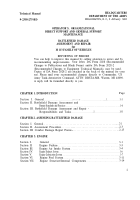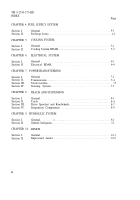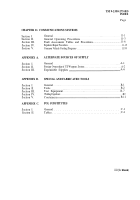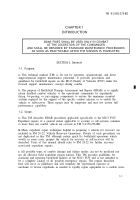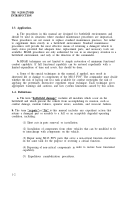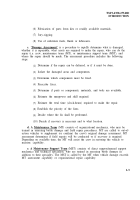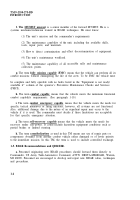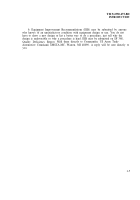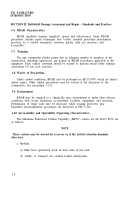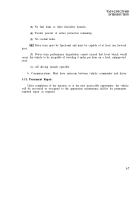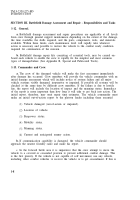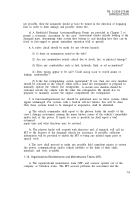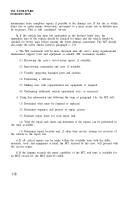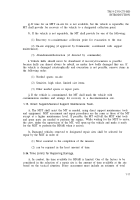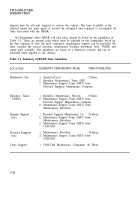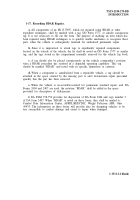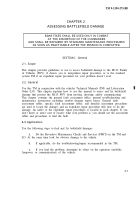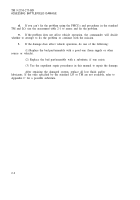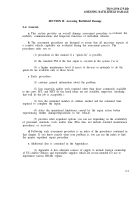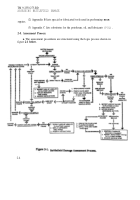TM-9-2350-275-BD - Page 16 of 223
TM 9-2350-275-BD
INTRODUCTION
SECTION III. Battlefield Damage Assessment and Repair - Responsibilities and Tasks
1-12. General.
a.
Battlefield damage assessment and repair procedures are applicable at all levels
from crew through general support maintenance depending on the extent of the damage,
the time available, the skills required, and the parts, components, tools, and materials
available. Within these limits, each maintenance level will rapidly take whatever
action is necessary and possible to restore the vehicle to the combat ready condition
required for continuation of the mission.
b.
Battlefield damage repair kits consisting of essential tools, may be carried on-
board each vehicle to enable the crew to rapidly fix the simplest and most common
types of damage/failure (See Appendix B, Special and Fabricated Tools).
1-13. Commander and Crew.
a.
The crew of the damaged vehicle will make the first assessment immediately
after damage has occurred. Crew members will provide the vehicle commander with an
initial damage assessment which will include notice of system failure and all major
vehicle systems visibly damaged, inoperative or impaired. If possible all systems will be
checked at the same time by different crew members. If the failure is due to hostile
fire, the report will include the location of impact and the manning status. Immediacy
of the report is more important than how long it will take to get back into action. The
initial report, therefore, may omit repair time estimates. The vehicle commander must
make an initial out-of-action report to the platoon leader including these essential
(1)
(2)
(3)
(4)
(5)
(6)
Vehicle damaged (out-of-action or impaired).
Location of vehicle.
Firepower status.
Mobility status.
Manning status.
Current and anticipated enemy action.
b.
If communication capability is damaged, the vehicle commander should
approach the nearest friendly radio and make his report.
c. In the forward battle area it is imperative that the crew attempt to move the
vehicle to a covered or concealed position to prevent additional combat damage. This
is the first priority. If the vehicle is not capable of self movement, use any vehicle,
including other combat vehicles to recover the vehicle or to get concealment. If this is
1-8
Back to Top

